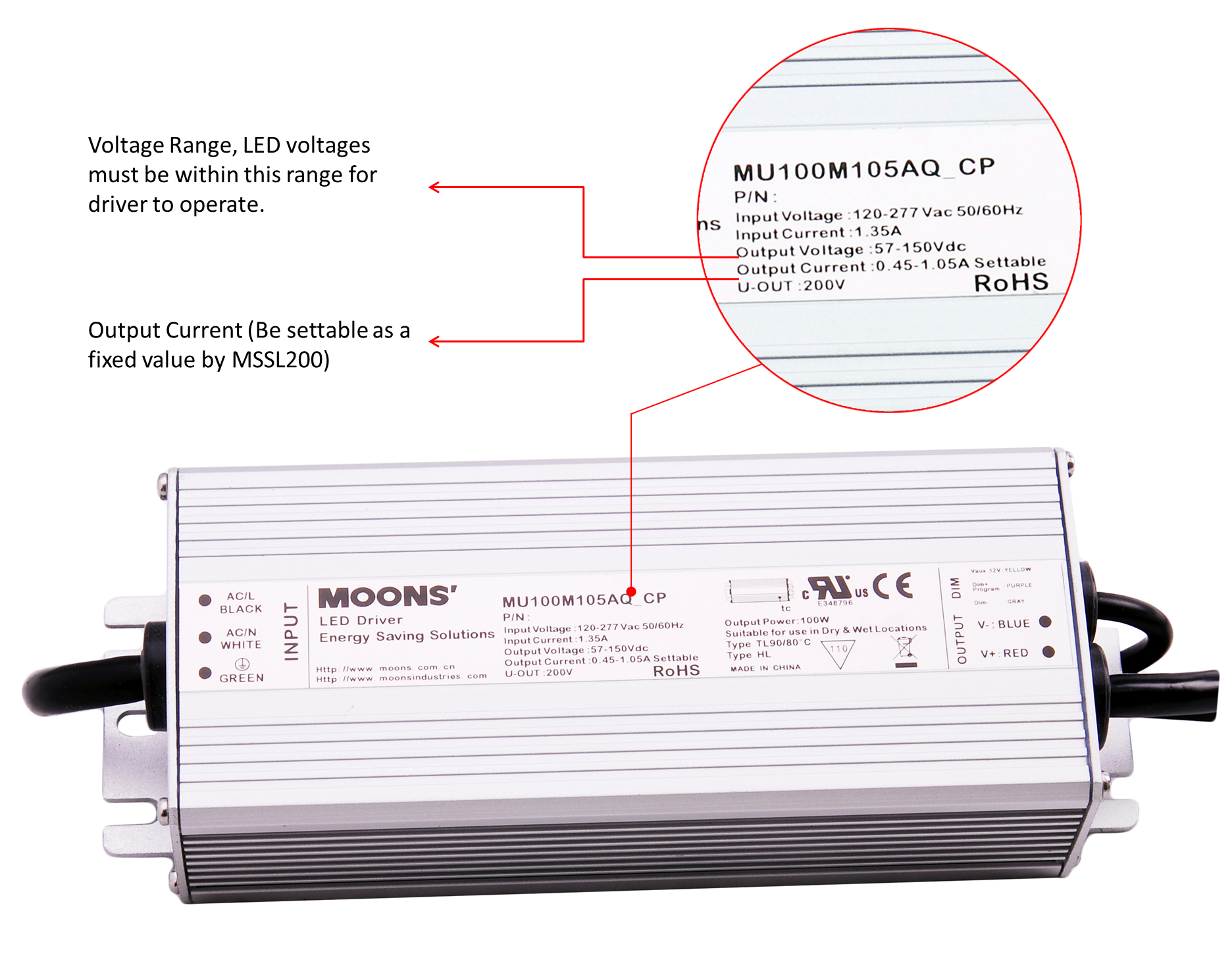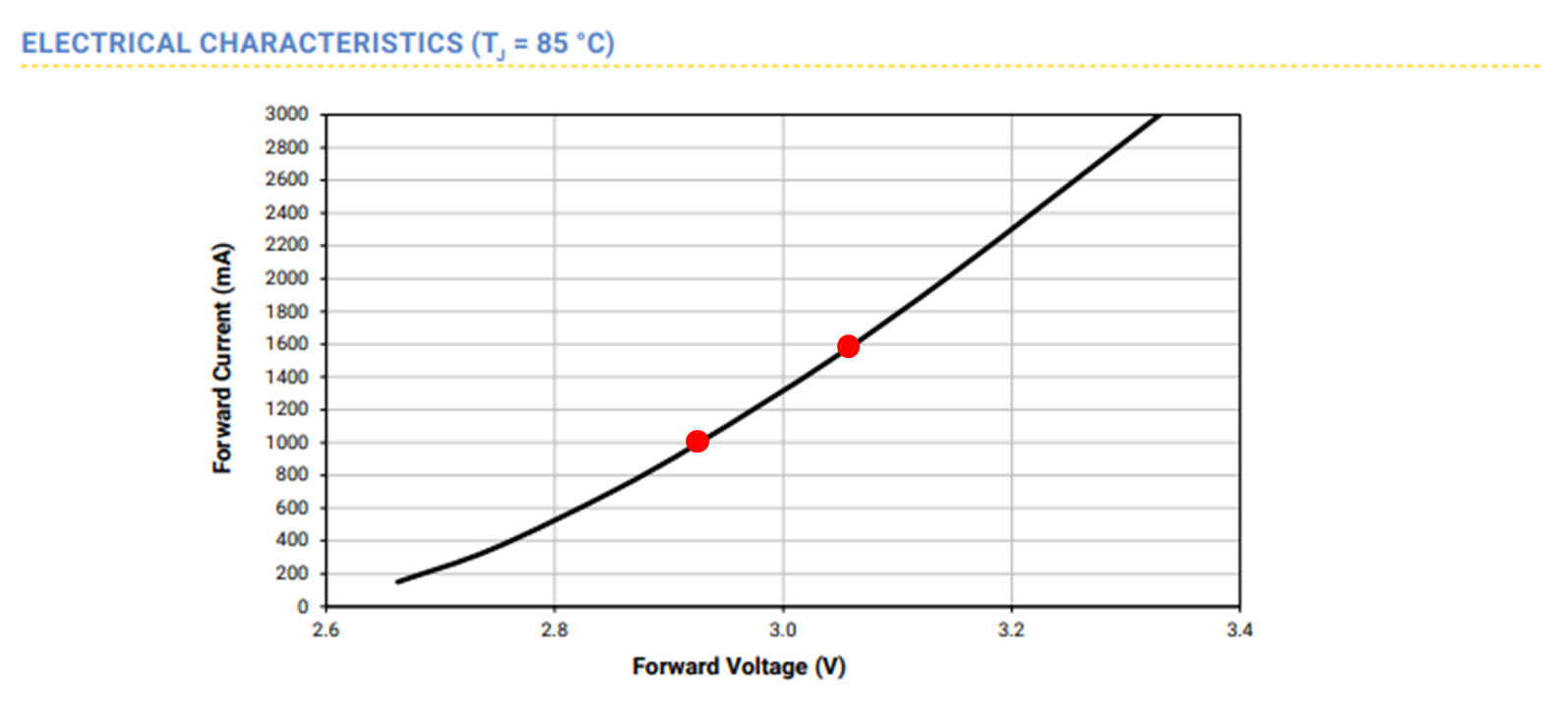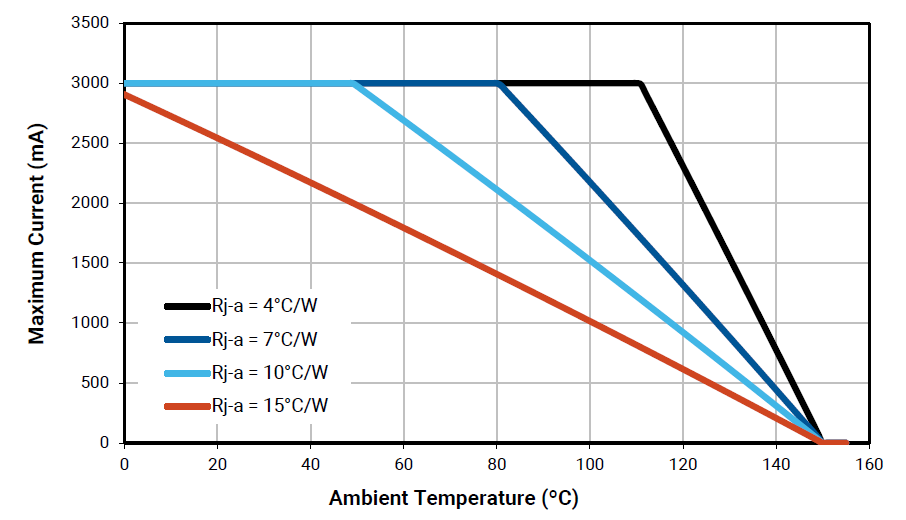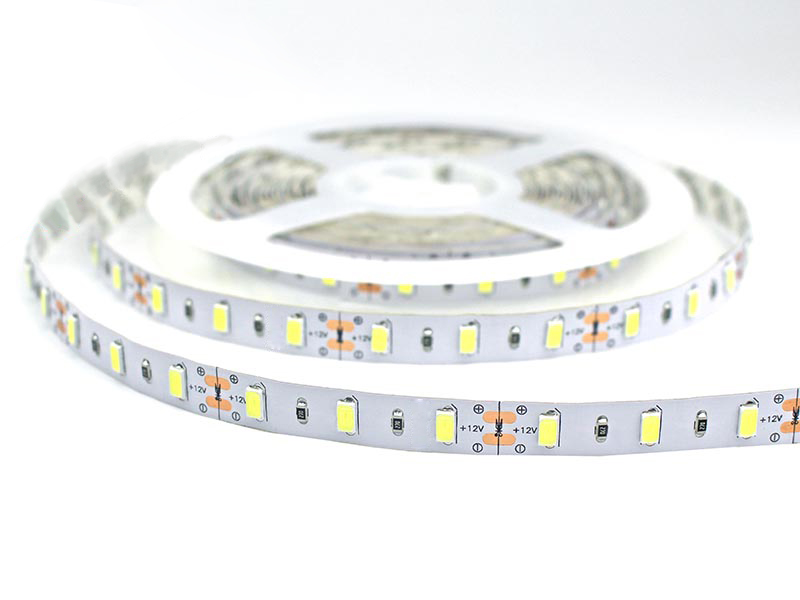LED Driver VS Power Supply
THE ORIGIN OF LED DRIVER
In the past, AC-DC power supplies that provided a regulated "constant voltage" to LEDs were known as LED power supplies. Conventional AC-DC power supplies and DC-DC converters produce an output that is regulated to provide a "constant voltage". However, LEDs are most efficient and safe when driven with a "constant current". Many new devices have been developed to provide this type of LED drive. The terms "LED driver" and "LED power supply" are often used interchangeably today. Figure 1. Eiffel Tower Lighting Show with MOONS' LED Drivers
Figure 1. Eiffel Tower Lighting Show with MOONS' LED Drivers CONSTANT CURRENT LED DRIVERS AND CONSTANT VOLTAGE LED DRIVERS
In summary, LED drivers can be categorized into two types: constant current LED drivers and constant voltage LED drivers. The constant current LED drivers are designed for a specified range of output voltages and a fixed output current (mA). By varying the voltage along the electronic circuit, these drivers maintain a constant current throughout the LED system. MOONS' "CP"series LED Driver is a good example shown below. Once the output current is configured by MSSL200, the output current is fixed, and the output voltage is correspondingly adjustable as specified, however, the power will not exceed the maximum. Figure 2. MOONS' MU100M105AQ_CP Label
Figure 2. MOONS' MU100M105AQ_CP Label WHEN DO I NEED A "CONSTANT-CURRENT" LED DRIVER?
 Figure 3. CREE XM-L2 LED Forward Voltage and Forward Current Based on the electrical characteristics of the Cree XM-L2 shown in Figure 3, you can see the exponential relationship between the forward voltage applied to the LED and the current flowing through it. In the case of an LED, even a 3% change in the voltage (2.95V to 3.05V) can result in a 50% increase in current driven to the XM-L2, as indicated by the red marks in the curve, which move from 1000mA to 1600mA.
Figure 3. CREE XM-L2 LED Forward Voltage and Forward Current Based on the electrical characteristics of the Cree XM-L2 shown in Figure 3, you can see the exponential relationship between the forward voltage applied to the LED and the current flowing through it. In the case of an LED, even a 3% change in the voltage (2.95V to 3.05V) can result in a 50% increase in current driven to the XM-L2, as indicated by the red marks in the curve, which move from 1000mA to 1600mA.  Figure 4. The maximum forward current in different ambient temperature conditions According to figure 4, the maximum forward current is determined by the thermal resistance between the LED junction and the ambient environment. Using the example above, we would still be able to drive the XM-L2 LED at 1000mA, however, if you do not have a current limiting device, the LED will draw more current as its electrical characteristics change with temperature. As a result, the current will exceed a defined value, especially in a hotter environment. To optimize lamp lifespan and optical performance, the end product must be designed to minimize thermal resistance from the solder point to the ambient. A constant-voltage LED driver provides power to LEDs that require a fixed output voltage and a limited output current. Click here for more information about MOONS' Constant Voltage LED Drivers. A simple resistor or internal constant current driver within the LED module regulates the current in these LEDs. The LEDs require one stable voltage, usually 12 volts DC or 24 volts DC.
Figure 4. The maximum forward current in different ambient temperature conditions According to figure 4, the maximum forward current is determined by the thermal resistance between the LED junction and the ambient environment. Using the example above, we would still be able to drive the XM-L2 LED at 1000mA, however, if you do not have a current limiting device, the LED will draw more current as its electrical characteristics change with temperature. As a result, the current will exceed a defined value, especially in a hotter environment. To optimize lamp lifespan and optical performance, the end product must be designed to minimize thermal resistance from the solder point to the ambient. A constant-voltage LED driver provides power to LEDs that require a fixed output voltage and a limited output current. Click here for more information about MOONS' Constant Voltage LED Drivers. A simple resistor or internal constant current driver within the LED module regulates the current in these LEDs. The LEDs require one stable voltage, usually 12 volts DC or 24 volts DC.  Figure 5. LED Strip with Current-limiting Resistor WHEN
Figure 5. LED Strip with Current-limiting Resistor WHEN 